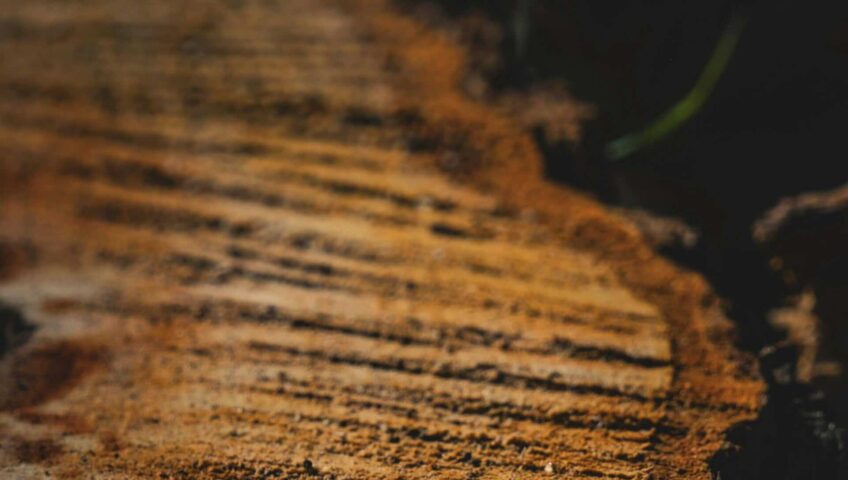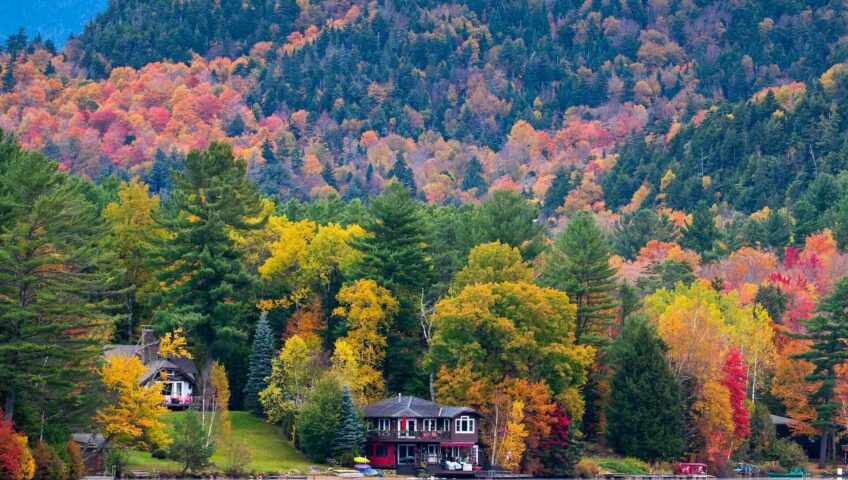
Don’t Cut or Trim Oak Trees in the Spring or Summer
As spring arrives in Western New York, many homeowners eagerly begin their yard maintenance routines. However, if you’re fortunate enough to have oak trees gracing your property, you’ll want to put those pruning shears away. The timing of oak tree maintenance isn’t just a matter of convenience—it’s crucial for their survival. Remember to not cut or trim oak trees in the spring or summer.
Understanding the Silent Threat
Oak wilt disease, caused by the fungus Bretziella fagacearum, has become an increasingly serious concern across our region. This devastating disease has already claimed countless oak trees, spreading with alarming speed through communities. What makes this threat particularly challenging is how innocuous it seems at first. A simple pruning cut during the wrong season can spell disaster for these majestic trees.
The Spring and Summer Danger Zone
Picture this: It’s a beautiful spring morning, and you notice a few wayward branches on your oak tree that seem perfect for trimming. However, this is precisely when your oak is most vulnerable. During spring and summer, tiny sap beetles of the Nitidulidae family are actively searching for fresh tree wounds. These insects, barely noticeable to the naked eye, act as unwitting transporters of the deadly oak wilt fungus.
When these beetles discover a fresh pruning wound, they bring with them spores from infected trees, creating a deadly bridge between sick and healthy trees. Once infected, red oaks can succumb to the disease in as little as two to six weeks, while their white oak cousins might fight a longer, but often losing, battle.
The True Cost of Oak Wilt
The impact of oak wilt extends far beyond the loss of a single tree. When an oak succumbs to this disease, the effects ripple through both the environment and your wallet. Removing and replacing a mature oak tree can cost thousands of dollars, but the real loss is immeasurable. These trees, which have often stood for generations, provide more than just shade—they’re vital components of our local ecosystem, supporting countless species of birds, mammals, and insects.
Timing is Everything: The Safe Season for Pruning
Fortunately, there is a safe window for oak tree maintenance. The dormant season, spanning from November through February, offers the perfect opportunity for necessary pruning. During these colder months, sap beetles are inactive, and the trees’ vascular systems are less susceptible to infection. Don’t trim oak trees in spring or summer to help prevent oak wilt infection.
Emergency Care: When You Can’t Wait
Life doesn’t always follow our preferred schedule, and sometimes storm damage or safety concerns require immediate attention. In these cases, timing isn’t a choice, but protection is still possible. Every cut made during the growing season should be immediately sealed with latex-based paint or wound dressing. This creates a protective barrier that deters those problematic sap beetles from accessing the fresh wound.
A Proactive Approach to Protection
Prevention goes beyond proper pruning timing. Modern arboriculture offers several ways to protect these valuable trees. Professional applied fungicide vaccinations, can serve as a protective shield against oak wilt disease. Regular monitoring for early symptoms—such as leaf discoloration or premature leaf drop—can catch problems before they become severe. Remember not to trim oak trees in the spring or summer months.
The Role of Professional Care
Here at Saving Oaks, we’ve dedicated ourselves to preserving Western New York’s oak trees. As a fully state licensed and insured company, we understand that each tree presents unique challenges and requires individualized care. Our team specializes in preventative treatments that can prove far more cost-effective than removing and replacing dead trees.
Preserving Our Natural Heritage
Oak trees are more than just landscape features; they’re living links to our past and investments in our future. They clean our air, stabilize our soil, and enhance our property values. Each mature oak represents decades of growth and countless environmental benefits that cannot be quickly replaced.
Taking Action for Your Oaks
The preservation of your oak trees doesn’t require extraordinary measures—just informed timing and proper care. By avoiding pruning during the spring and summer months and partnering with experienced professionals for necessary maintenance, you can help ensure these magnificent trees continue to thrive.
Get Expert Help
If you’re concerned about your oak trees or need guidance on their care, don’t hesitate to reach out. We’re here to help protect your valuable trees and preserve the natural beauty of your property. Contact us at 716-273-5522 to schedule a consultation or learn more about our preventative tree care services.
Together, we can ensure that Western New York’s oak trees continue to provide shade, beauty, and environmental benefits for generations to come.
